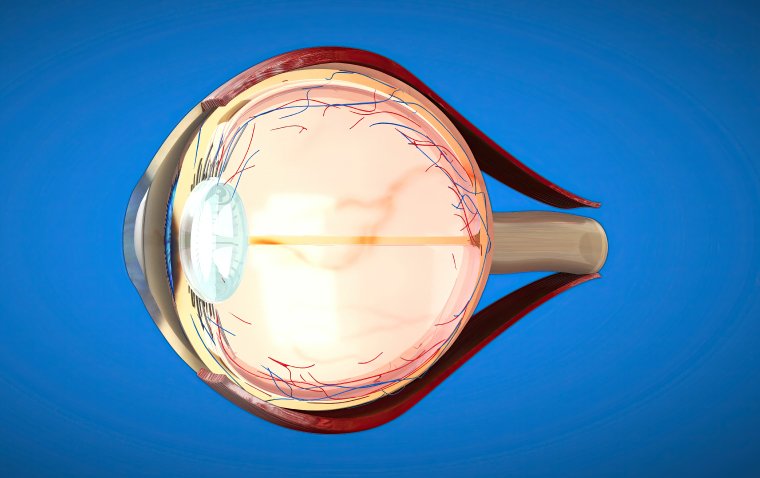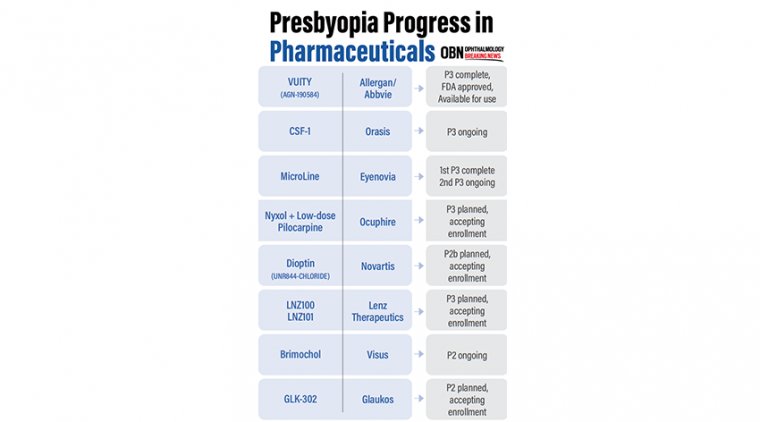
Retrospective Study Reveals Geographic Atrophy Can Cause Significant Vision Loss Within 36 Months
A large retrospective study analyzing the visual outcomes and risk of neovascular age-related macular degeneration (nAMD) in eyes with geographic atrophy (GA) found that GA can lead to a loss of 2 to 3 lines of visual acuity (VA) within 36 months.
According to Aumer Shughoury, MD, from the Indiana University School of Medicine, Indianapolis, the study underscores the progressive nature of GA and its substantial impact on vision loss over time.
The study examined 18,712 eyes with GA from the CorEvitas Vestrum Health Retina Database.
Key Patient Demographics
• Mean patient age: 78.6 years
• Mean baseline VA: 67.5 letters (Snellen equivalent 20/45)
• Incidence of nAMD within 36 months: 18.9 percent of eyes
Key Findings: Visual Decline and nAMD Risk
Fellow-eye nAMD Doubles the Risk of nAMD Development
• Eyes with fellow-eye nAMD had a 2.34 times higher risk of developing nAMD compared to those with fellow-eye GA (95% CI, 2.20–2.49).
Visual Acuity Decline in Eyes Without nAMD
• Eyes that did not develop nAMD experienced an average VA decline of 12.4 letters over 36 months (95% CI, 12.0–12.9).
Older Age and Moderate Baseline Visual Impairment Worsen Outcomes
• Patients with VA between 20/40–20/100 at baseline and older age had a significantly faster rate of vision loss.
• The worst outcomes were observed in the oldest patients with moderate visual impairment, who lost an average of 19.7 letters within 36 months (95% CI, 18.1–21.3).
Severe Vision Loss at 36-Month Follow-Up
At the end of the 36-month period:
• 70 percent of eyes had vision below the driving threshold (VA ≤20/40).
• 42 percent of eyes had low vision (VA ≤20/70).
• 23 percent of eyes were classified as legally blind (VA ≤20/200).
Conclusions: High Disease Burden in GA Patients
The study reinforces that GA imposes a significant disease burden, with:
• Substantial vision loss within 36 months.
• Older patients and those with moderate baseline impairment at highest risk.
• A two-fold increased risk of exudative conversion in patients with fellow-eye nAMD.
These findings highlight the urgent need for effective treatments and early intervention strategies to mitigate GA progression and its impact on vision.
Reference:
Shughoury A, Boucher N, Aggarwal N, Ciulla TA. Three-year clinical outcomes in geographic atrophy: an analysis of 18,712 patient eyes. Retina. 2025;45:188-197. doi:10.1097/IAE.0000000000004285
(1).jpg)










